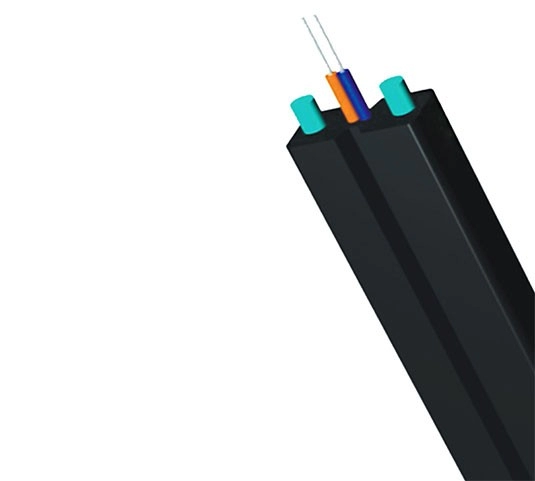
Blog
blog Location: Home > Blog > Technical Article
Location: Home > Blog > Technical Article
 Update Time:2025-08-15
Update Time:2025-08-15 Traffic:
Traffic: Abstr: Optical fiber technology is now widely used in communications and other fields, and there are many point persons and stories behind its invention. This article will introduce the characters related to the invention of optical fiber and their contributions to the development of optical fiber technology.

Table of Contents:
- Introduction to fiber optic technology
- Early Seekers
- Kao Kun's contribution
Other important contributors
The significance of the invention of optical fiber
Fiber optics, or optical fibres, are fibres made of glass or plastic that can be used as light transmission tools. They play an extremely important role in modern communications, capable of transmitting information such as data, sound and images at extremely high speeds and capacities. With the rapid development of information technology, optical fibres have become an important cornerstone of global communication networks. So who invented such a revolutionary technology?
Early explorers
Before the birth of optical fiber technology, many scientists had explored the transmission of light. As early as the 19th century, scientists discovered that light can be totally reflected in certain media, which laid the foundation for the principle of optical fiber. However, the early attempts to use optical transmission for communication purposes did not come until the mid-20th century. At that time, some researchers began to try to use glass fibers to transmit optical signals, but due to material and technical limitations, these early glass fibers had serious optical loss problems, and the signal transmission distance was very limited, which could not meet the needs of practical applications.
Contributions of Charles Kao
In the history of the invention of optical fiber, Charles Kao is a key figure that cannot be ignored. Charles Kao is a Chinese physicist who published a landmark paper "Optical Frequency Dielectric Fiber Surface Waveguide" in 1966. In this paper, Charles Kao proposed the theory of using quartz glass fiber as a medium for long-distance information transmission. Through in-depth research and calculations, he pointed out that as long as the impurity content in the glass fiber can be reduced to a certain level, the loss of light during transmission can be greatly reduced, thereby achieving long-distance optical signal transmission. This theory pointed out the direction for the development of fiber-optic communication. Although many people were skeptical of his views at the time and believed that it was almost impossible to achieve such high-purity glass fiber manufacturing, Kao firmly believed in his theory. With the continuous advancement of materials science and manufacturing technology, later facts proved the correctness of Kao's theory. Kao was therefore hailed as the "Father of Fiber Optics" and won the Nobel Prize in Physics in 2009.
Other important contributors
In addition to Kao, many scientists and engineers have made important contributions to the development of fiber-optic technology. After Kao proposed the theory, many research teams began to work on reducing the optical loss of glass fibers. Researchers at Corning Glass Company made a major breakthrough. They successfully manufactured low-loss quartz glass fibers that met the requirements of Kao's theory, which made fiber-optic communication move from theory to practical application. In addition, countless scientific researchers have also made hard efforts in the manufacturing process of optical fibers, the development of connectors, and the overall design of optical fiber communication systems. They continuously optimized technical details, improved the performance and reliability of optical fibers, and gradually improved the optical fiber communication system to meet the needs of different fields.
The significance of the invention of optical fiber
The invention of optical fiber has had a profound impact on human society. In the field of communications, it has greatly improved the speed and capacity of information transmission, making instant communication possible around the world. The rapid development of the Internet is also inseparable from the support of optical fiber. People can quickly download large files and watch high-definition videos through optical fiber networks. In the medical field, the emergence of equipment such as fiber optic endoscopes allows doctors to observe the internal conditions of the human body more clearly, providing a powerful tool for the diagnosis and treatment of diseases. In the industrial field, applications such as fiber optic sensors also provide high-precision solutions for the monitoring and control of production processes. It can be said that optical fiber technology has penetrated into every aspect of our lives and has become an indispensable part of modern society.
